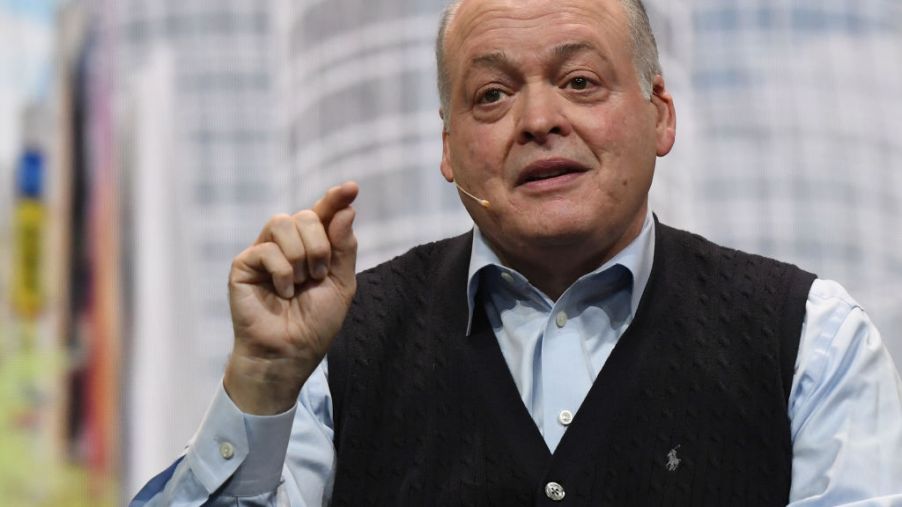
Is Ford CEO Jim Hackett’s Plan to Fix the Company Working?
When Jim Hackett took over Ford in May 2017, many were confused at the decision. Hackett became the CEO of one of the nation’s leading car companies after a career leading a large office furniture business, Steelcase, based in Michigan.
Not only was his background unorthodox, but his methods were similarly baffling — particularly to auto industry insiders. But others believe that Hackett’s signature style of disruption is exactly what Ford needs.
Now, with just over two years under his belt, what changes has Hackett made and why? Is his plan to fix the company working?
Ford needed something — or someone — different
Once a pillar of the auto industry, Ford’s sales have been slowly declining for years. In fact, Ford has universally lost sales globally, especially in key markets, such as China. Its only saving grace being its steady sales in North America.
When Jim Hackett took control of in 2017, the car-maker was in desperate need of a turnaround. The company that once invented the moving assembly line was now grappling with new threats. These threats included innovative technology, like electric vehicles, self-driving cars, and even ride-hailing apps such as Lyft and Uber.
As Hackett was thrust into command, he realized that car-makers are not only competing with each other but also with up-and-coming Silicon Valley projects. Ford’s profits and stock prices were down. The company had fallen behind rivals that had transitioned more quickly and seamlessly into these new technologies while dropping the money-sucking practices.
Auto industry analysts and insiders were primed to see what exactly Mr. Hackett was going to do in the face of all of these shifts and changes within the industry.
Jim Hackett’s plan to revitalize Ford
Jim Hackett certainly did have a plan. His plan was, in a word, disruption. He wanted to better position Ford to tackle these new challenges by shifting not only certain old business practices but also the entire culture of the company.
As the Wall Street Journal reported, Hackett was introducing “new methodologies from his previous job, including a process called “design thinking” that attempts to solve problems by getting into the mind of the consumer.”
Other components of Hackett’s plan include “a massive development plan for a new-mobility corridor stretching from Detroit through its revamped headquarters in Dearborn to the University of Michigan in Ann Arbor,” according to Business Insider.
Though hypothetically the CEO of Ford could rely on the sales of its ever-popular F-150, the best-selling vehicle in America, that is clearly not what Hackett has been hired to do.
“We make vehicles we’re proud of, but we’re also making our system for fit and evolving our production thinking,” he told Business Insider.
This evolution of thinking has not come without backlash from critics. Even those inside of his own company, including Ford’s chief finance officer, Bob Shanks. He said on record that “some of Mr. Hackett’s concepts make his head hurt.”
Though Shanks followed his comment up with, “But I’m eager to understand. I’m eager to learn,” Shanks, who joined Ford in 1977, doesn’t seem that eager to learn Hackett’s new ways. Ford recently announced that Shanks will be retiring at the end of 2019.
Is Jim Hackett’s plan working?
Ford is currently still the best-selling brand in the United States by volume. And Jim Hackett is urging both fans and critics to be patient because the evolution of a business takes time to manifest.
However, many insiders, analysts, and investors remain unclear about Ford’s direction, saying Mr. Hackett has been too vague. Ford’s stock prices — which were over $17 a share in 2014 — hit a five-year low last month. The company also lowered its profit predictions for the year.
At this point, it remains to be seen if Jim Hackett’s plan to disrupt Ford will benefit or potentially harm the company.


